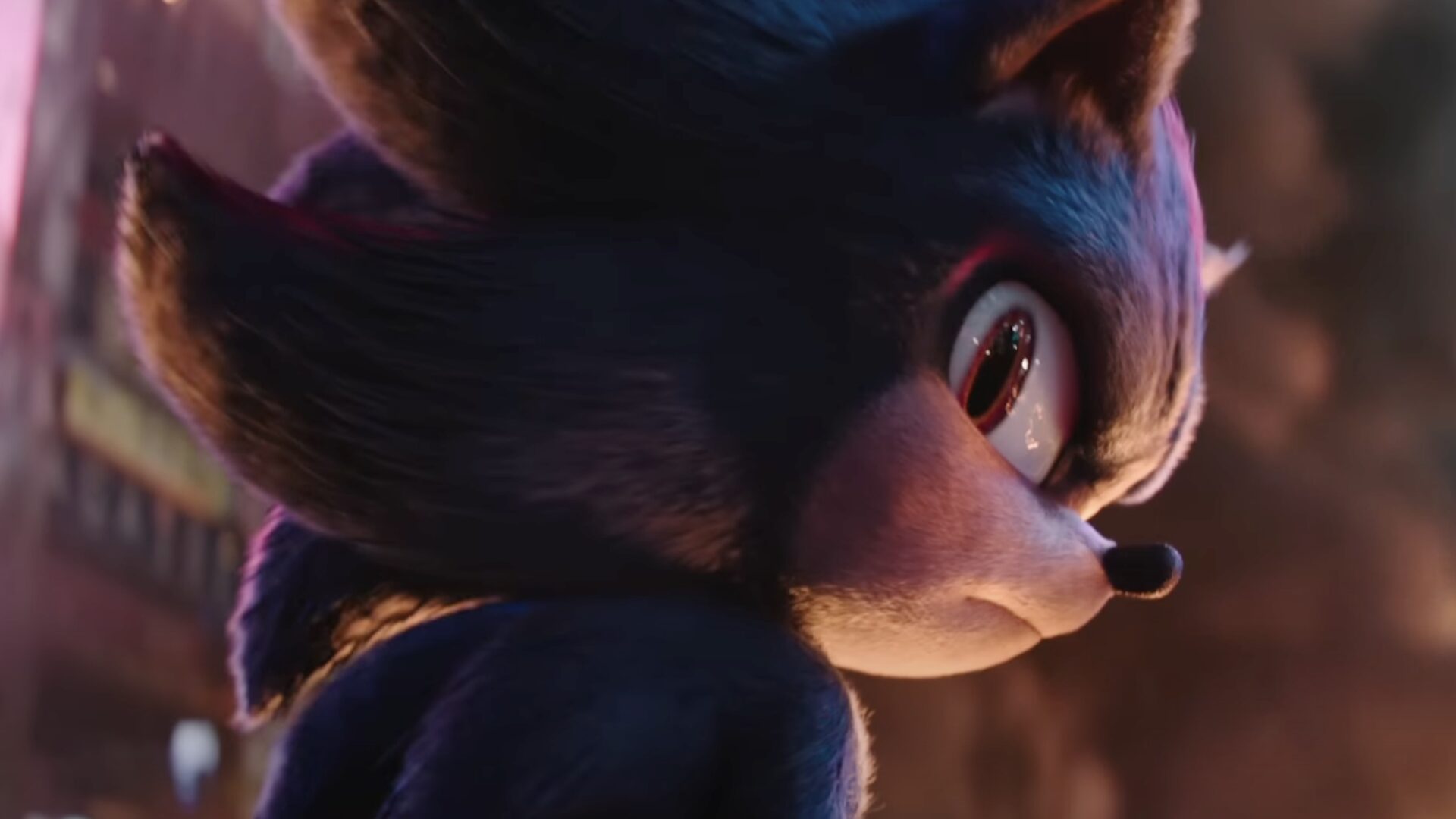Have you ever wanted to elevate your VFX game to the next level? Imagine crafting a stunning Celestial Beam effect that captures the awe of players.
The first step? Experiment with a dissolving mesh particle for that eye-catching entry. Pair it with GPU particles using Curl Noise to create realistic, swirling smoke. You’ll be amazed how these tiny details transform the overall effect!
Don't stop at just the beam; layer in dynamic sprite emitters to convey movement and energy, giving your visuals that extra punch. The combination of techniques can make a significant difference!
What’s your favorite tip or technique for creating epic visual effects? Let’s swap insights!
#GameDev #VFX #UnrealEngine #VisualEffects #CGI
The first step? Experiment with a dissolving mesh particle for that eye-catching entry. Pair it with GPU particles using Curl Noise to create realistic, swirling smoke. You’ll be amazed how these tiny details transform the overall effect!
Don't stop at just the beam; layer in dynamic sprite emitters to convey movement and energy, giving your visuals that extra punch. The combination of techniques can make a significant difference!
What’s your favorite tip or technique for creating epic visual effects? Let’s swap insights!
#GameDev #VFX #UnrealEngine #VisualEffects #CGI
Have you ever wanted to elevate your VFX game to the next level? Imagine crafting a stunning Celestial Beam effect that captures the awe of players. 🌌
The first step? Experiment with a dissolving mesh particle for that eye-catching entry. Pair it with GPU particles using Curl Noise to create realistic, swirling smoke. You’ll be amazed how these tiny details transform the overall effect!
Don't stop at just the beam; layer in dynamic sprite emitters to convey movement and energy, giving your visuals that extra punch. The combination of techniques can make a significant difference!
What’s your favorite tip or technique for creating epic visual effects? Let’s swap insights! 👇
#GameDev #VFX #UnrealEngine #VisualEffects #CGI
0 Comments
·0 Shares







